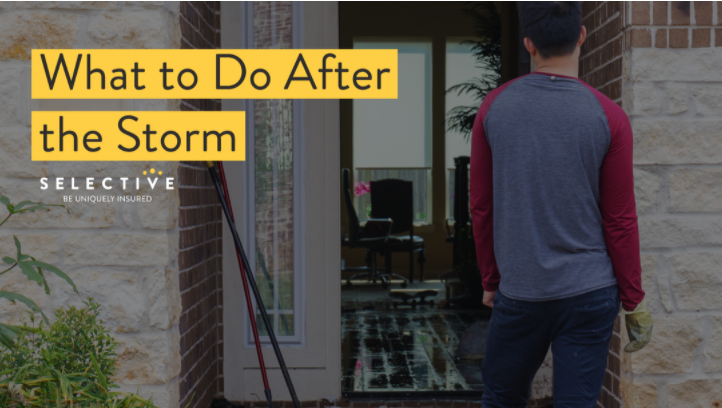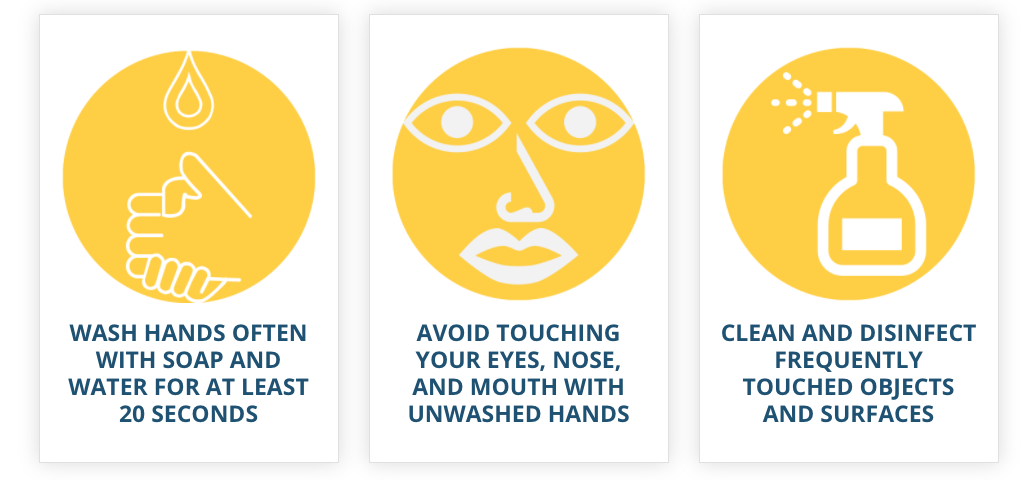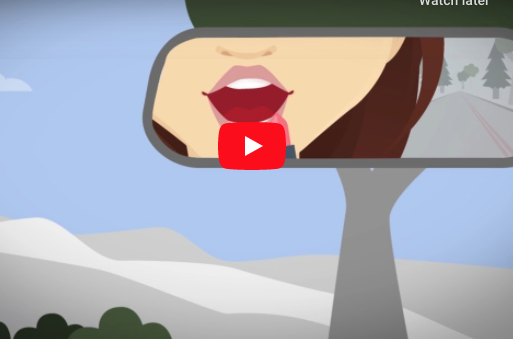The 5 Biggest Financial Threats to Your Small Business

Remember, no household is free from fire risk. And risks will change over time. It’s a good idea to take this assessment periodically to identify any changes.
Running a business is about balance. You have to balance your weaknesses with greater strengths. You have to balance your team with talented candidates in many different disciplines. You have to balance threats with opportunities or at least proactive measures to reduce those threats.
Threats to your business can come in many forms, from conceptual failures to real physical consequences. Some of the most dangerous threats are financial threats, which can escalate your costs, stifle your revenue growth, or in some other way compromise your profitability.
As you grow and develop your business, be sure to avoid these five major financial threats.
1. Losing a Major Client
Once you get your business up and running, you’ll probably have a handful of major clients or a major segment of your audience that you rely on for the majority of your revenue. The Pareto principle applies here for most businesses—approximately 80% of your business (or revenue) will come from 20% of your customers. Losing the bulk of that 20% of your customer base could be devastating for your revenue, leaving you with all the expenses of your original model without the income to offset them. Depending on the size of your business and the contingencies you have in place, it could spell disaster for your company in a matter of months.
The solution: The easiest way to prevent such a potential disaster is to strategically build your customer base. If you have one major client that provides the bulk of your revenue, try to find another that can balance them out, or build a backup of several dozen smaller clients so you aren’t as dependent. Similarly, you can expand your target demographics so you aren’t dependent on sales from one niche market. Either way, make sure you have formally drawn-up contingency plans that allow you to either drastically cut expenses or change strategies should your revenue suddenly diminish.
2. Overspending
It’s easy to overspend, especially when you’re excited about developing your business, but spending too much too quickly could wind up devastating your bottom line. The two main culprits here are marketing and hiring. On the marketing front, companies tend to overestimate the impact of their marketing campaign without grounding the numbers in research. As a result, they’ll throw thousands of dollars into a campaign they know nothing about, and might be forced to leave before they see any real results. On the hiring front, companies might hire a full team of full-time workers, anticipating increased demand, only to find their revenue growing far more slowly than expected. Read Full Article




























